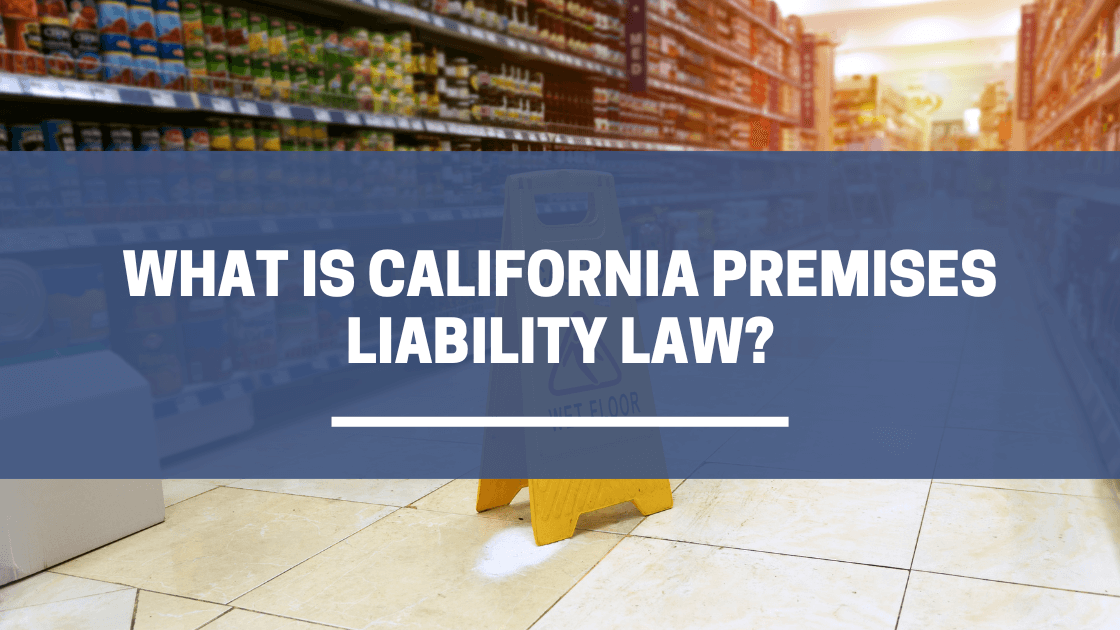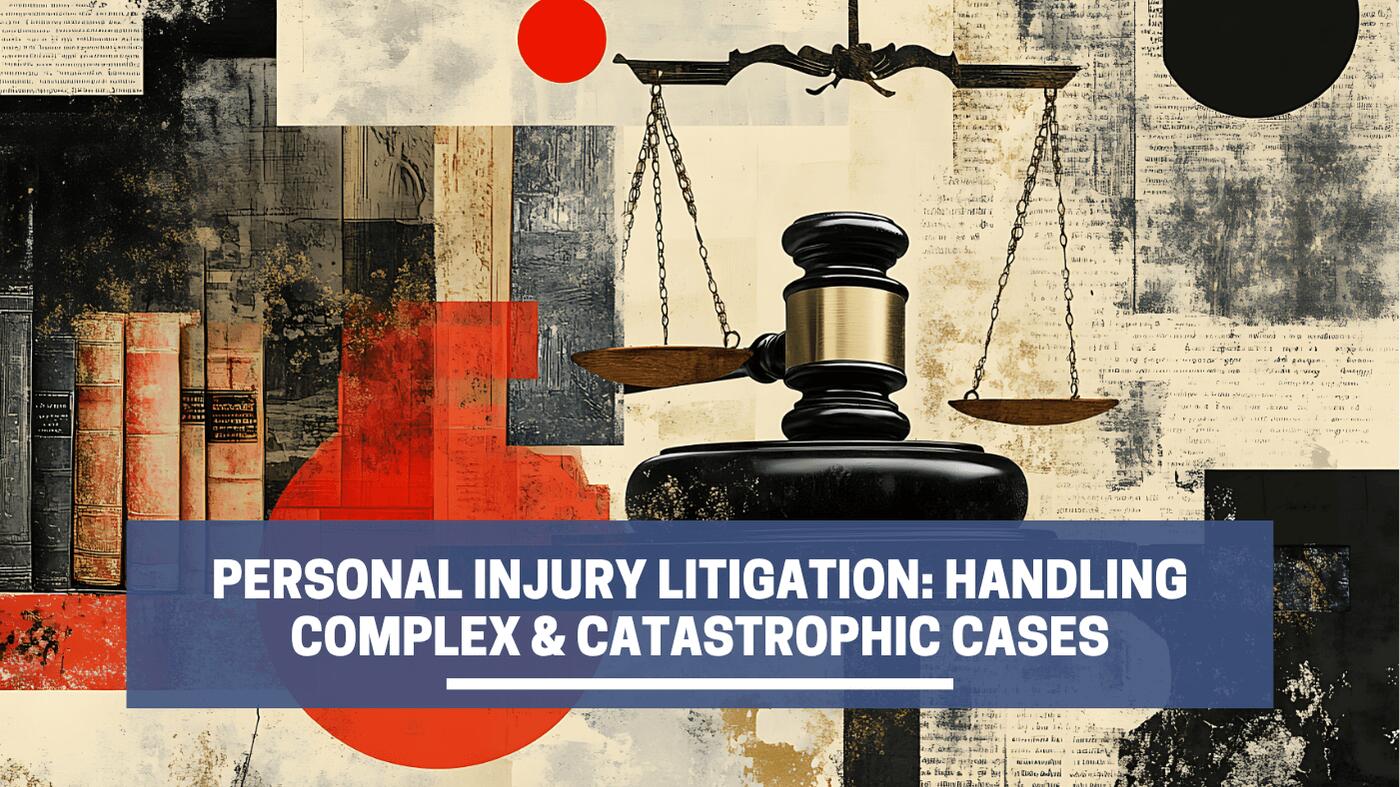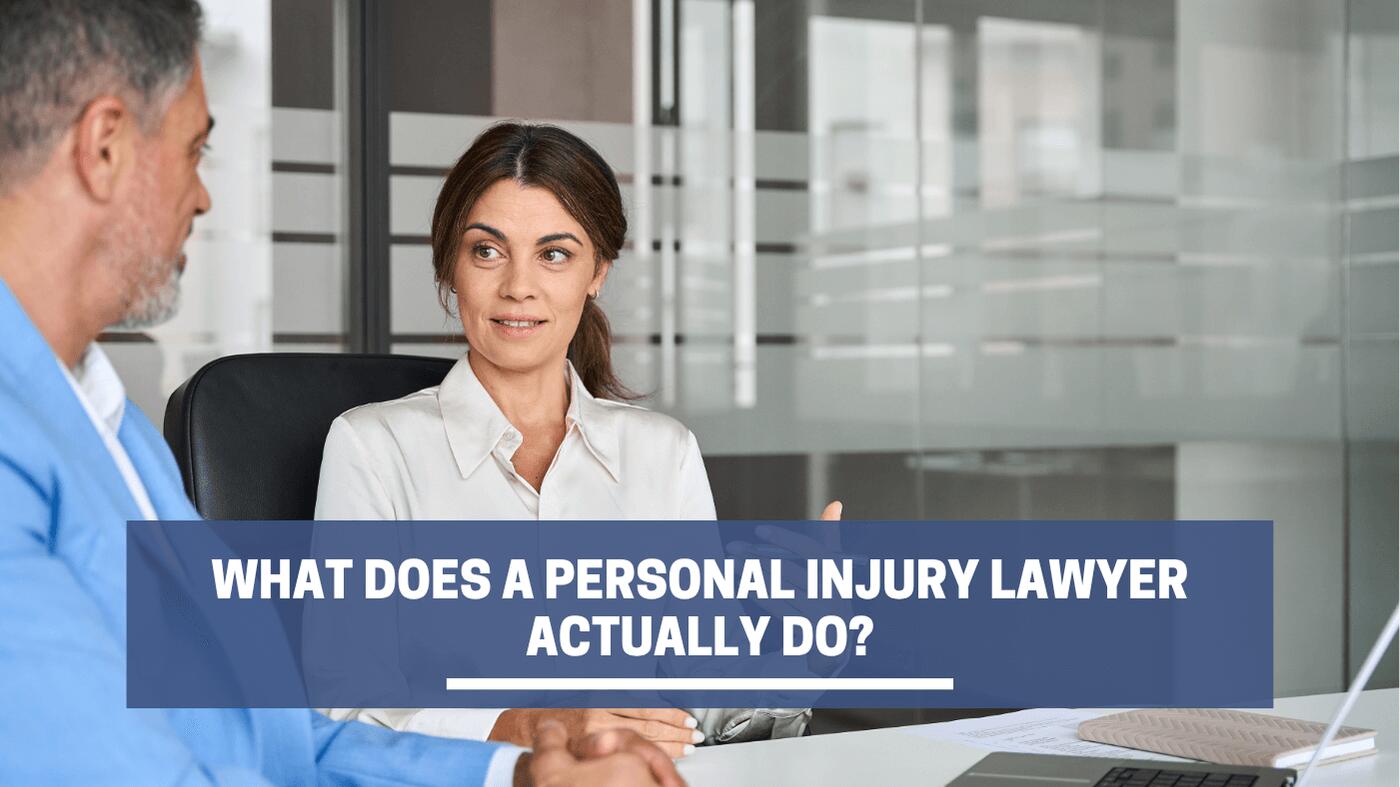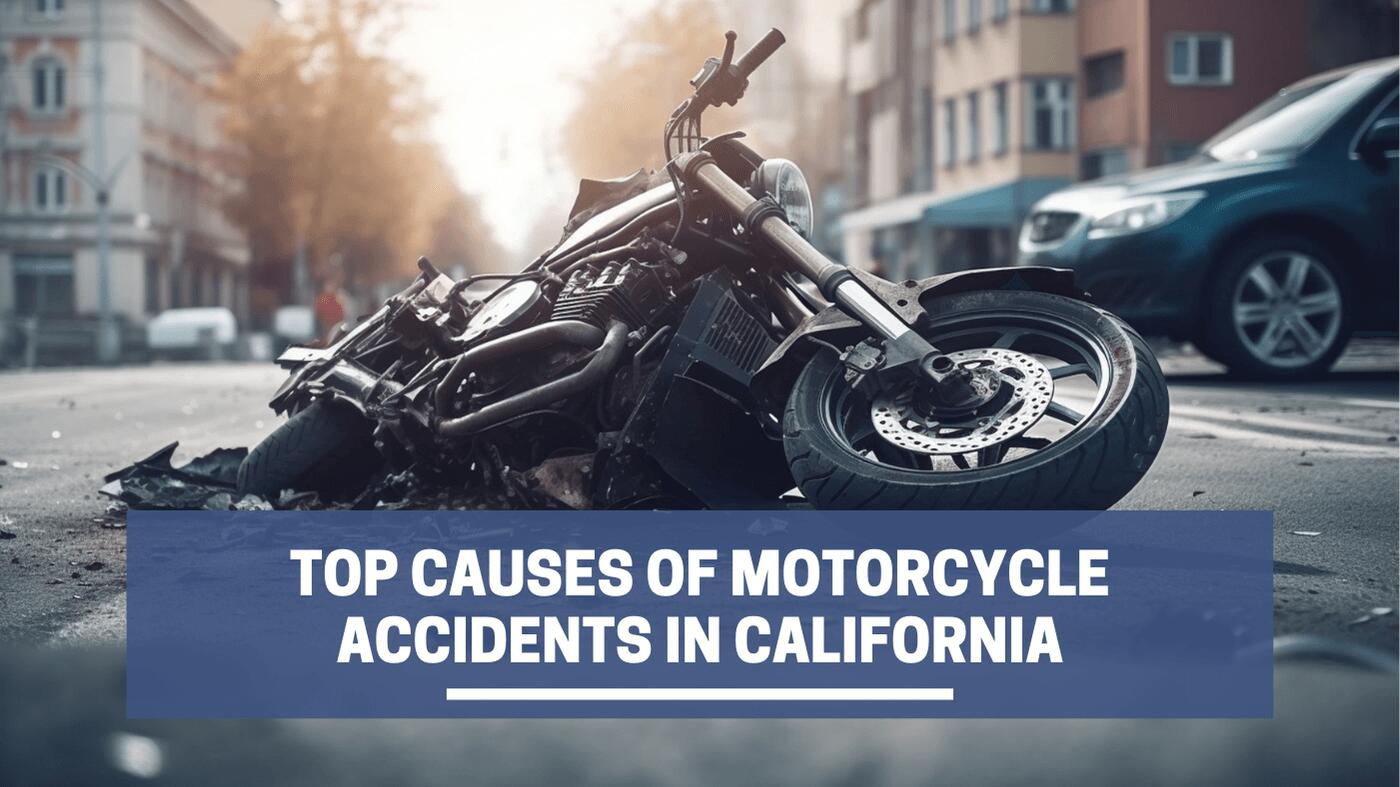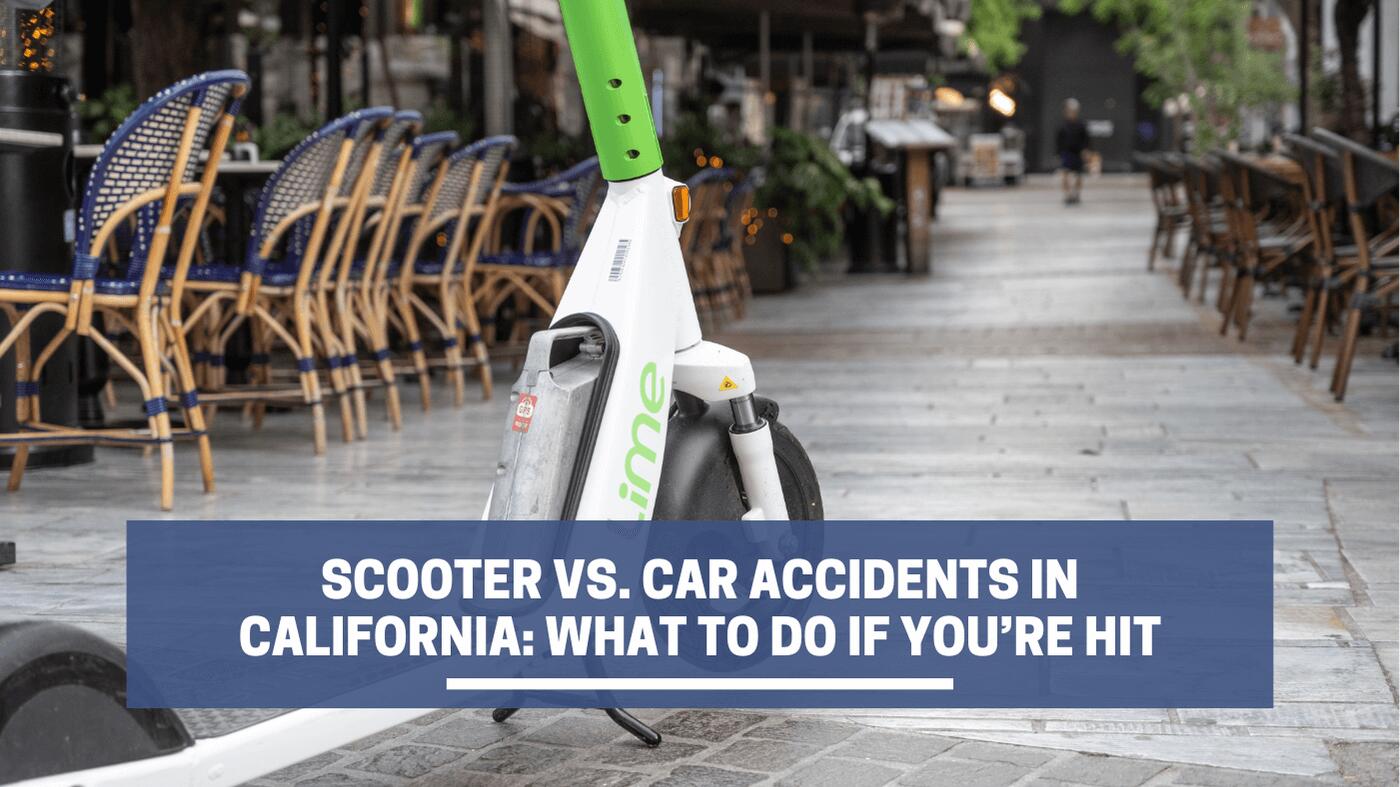En California, Las leyes de responsabilidad de locales requieren que los propietarios protejan a otros de condiciones peligrosas que pueden causar lesiones o daños.. Si un propietario no mantiene su propiedad o advierte de un peligro conocido y alguien sufre lesiones, pueden ser responsables de los daños económicos y no económicos de la víctima.
Un reclamo de responsabilidad de las instalaciones requiere que usted demuestre negligencia por parte del propietario con la ayuda de un abogado de lesiones personales.. Explorar los hechos de los casos de responsabilidad de locales es útil para obtener una compensación por sus lesiones., incluyendo lo que define la negligencia por responsabilidad de las instalaciones y cómo probar su reclamo.
¿Cuál es el deber de diligencia del propietario según la ley de responsabilidad de las instalaciones de California??
California Código Civil 1714 describe la responsabilidad por lesiones causadas por la negligencia de otra persona. Para propietarios en California, se refiere a responsabilidad de las premisas. Este concepto legal dice que los propietarios son responsables de mantener su propiedad libre de condiciones peligrosas mediante la realización de inspecciones de rutina.. deben reparar, reemplazar, o proporcionar advertencias razonables sobre condiciones inseguras de la propiedad para mantener seguros a los visitantes.
Los propietarios que no reparan las condiciones peligrosas en su propiedad o no advierten a otros sobre ellas son negligentes si sabían o deberían haber sabido acerca de los peligros.. Aunque los conductores de vehículos tienen la mayor parte de la responsabilidad en los accidentes ciclistas, El propietario de un complejo de apartamentos debe reparar escaleras irregulares o colocar una señal de advertencia del peligro., o pueden ser responsables de las lesiones sufridas por los residentes o invitados en la propiedad.
¿Qué peligros debe conocer o solucionar el propietario??
Los tipos de condiciones peligrosas de las que es responsable el propietario dependen del nivel de riesgo y daño.. Un tribunal puede determinar que el propietario fue negligente en el mantenimiento o uso de la propiedad bajo estas condiciones:
- Había un riesgo irrazonable de daño asociado con una condición en la propiedad.
- El propietario sabía o debería haberlo sabido si lo hubiera ejercido con cuidado razonable.
- El propietario no supo remediar, prevenir, o advertir de la condición adecuadamente
Por ejemplo, una tienda minorista tiene pisos mojados y resbaladizos, creando un Peligro irrazonable de resbalones y caídas para los clientes.. El dueño de la tienda es responsable de descubrir el peligro., advertir a los clientes mediante la colocación de carteles, y limpiar el suelo para eliminar el derrame lo antes posible.
¿Qué pasa con las condiciones obvias e inseguras en una propiedad bajo responsabilidad de las instalaciones en California??
Si una condición insegura en la propiedad es tan evidente que cualquiera podría razonablemente esperar verla, el El propietario no está obligado a advertir a los demás.. Pueden asumir que otros verán el peligro obvio y lo evitarán.. sin embargo, si el riesgo de lesión es previsible, Los propietarios pueden optar por abordar el peligro para garantizar que los visitantes de sus instalaciones no sufran daños..
Los propietarios no son responsables de los daños causados por menores, trivial, o defectos insignificantes. Este principio se conoce como defensa por defecto trivial que podría estar sujeto a interpretación legal y requiere que usted pruebe el defecto.
Puedes consultar con un abogado experimentado en resbalones y caídas para determinar si un peligro obvio o un defecto trivial causó sus lesiones. También pueden evaluar si el propietario debería haber corregido el defecto que provocó su caída y puede ser responsable de sus lesiones..
¿A quién puedo demandar cuando me lesiono en la propiedad de otra persona??
La parte responsable en una demanda por responsabilidad de locales suele ser el propietario de la propiedad.; sin embargo, también puede demandar a una parte que controla la propiedad, como un administrador de propiedad o gerente de tienda. Cuando ocurre una lesión, el responsable de la propiedad puede ser considerado responsable ya que deben mantener todas las áreas que controlan razonablemente seguras.
Cualquier persona que alquile, arrendamientos, posee, o controla la propiedad puede ser responsable por lesiones de responsabilidad de las instalaciones causadas por condiciones peligrosas.
Los contratistas independientes no eximen a los propietarios de su deber de diligencia. El propietario sigue siendo responsable incluso si un contratista independiente no corrige una condición insegura y alguien sufre una lesión..
Los empleadores pueden ser responsables por empleados negligentes que no reparan condiciones peligrosas o advierten a los visitantes sobre los peligros en la propiedad.. Debajo Ley de California, el principal es responsable de la negligencia del agente. Por lo tanto, un empleador es indirectamente responsable por la negligencia del empleado.
¿Cuáles son los elementos cruciales en un reclamo de responsabilidad de locales en California??
El Código Civil de California 1714 establece que todos son responsables de las lesiones sufridas en las propiedades bajo su administración. Si decide presentar un reclamo de responsabilidad de locales, debes acreditar lo siguiente elementos de responsabilidad de locales para mostrarle lesiones sufridas debido a la negligencia del dueño de la propiedad:
- El dueño era dueño, arrendado, ocupado, o controlaba la propiedad
- El acusado fue negligente en el mantenimiento y uso de la propiedad.
- Sufriste heridas
- La negligencia del acusado causó su lesión
Conocimiento real o constructivo
Para ganar su caso, También debe demostrar que el dueño de la propiedad conocía la condición peligrosa antes de que usted sufriera una lesión.. Esto puede referirse al conocimiento real o constructivo..
Conocimiento real significa que el propietario sabía que existía el peligro.. La evidencia para demostrar el conocimiento real puede incluir testimonio directo del dueño de la propiedad diciendo que sabía que existía el peligro o documentos, me gustan las fotos, textos, o correos electrónicos, demostrando que eran conscientes del problema.
El conocimiento constructivo es la presunción de que el propietario debería haber sabido del peligro si hubiera tomado medidas razonables para garantizar que su propiedad estuviera segura.. Por ejemplo, No inspeccionaron periódicamente sus instalaciones ni abordaron los peligros..
Un aviso constructivo también puede referirse a una situación como la de un gerente de supermercado que deja un derrame en el suelo durante el tiempo suficiente para saber que existía y advertir del peligro.. Un tribunal puede decidir que tuvieron tiempo de notar y limpiar el derrame, por lo que tenían conocimientos constructivos y son responsables de sus lesiones..
Factores considerados por el tribunal
El tribunal considerará la siguientes factores para determinar si el dueño de una propiedad tuvo un cuidado razonable con su propiedad y cometió negligencia de responsabilidad de las instalaciones:
- Ubicación de la propiedad
- La probabilidad de que alguien entre a la propiedad de la misma manera que usted.
- Si es probable una lesión
- La probable gravedad de tal lesión.
- Si el propietario conocía o debería haber conocido la condición
- La dificultad de tomar precauciones contra este tipo de lesiones
- ¿Cuánto control tenía el propietario sobre la condición que creó un riesgo de lesión?
Lograr justicia a través de un reclamo de responsabilidad de locales
Cualquier accidente causado por condiciones inseguras en la propiedad de otra persona puede dar lugar a un reclamo de responsabilidad de las instalaciones.. Las leyes de responsabilidad de las instalaciones garantizan que los propietarios mantengan su deber de cuidado hacia los visitantes en su propiedad y le otorgan el derecho a solicitar una compensación si su negligencia provoca una lesión grave..
Al proporcionar evidencia de la negligencia del dueño de la propiedad., como fotografías o vídeos de la escena del accidente., y registros médicos de sus lesiones, puede obtener un acuerdo para pagar los daños que sufrió.







